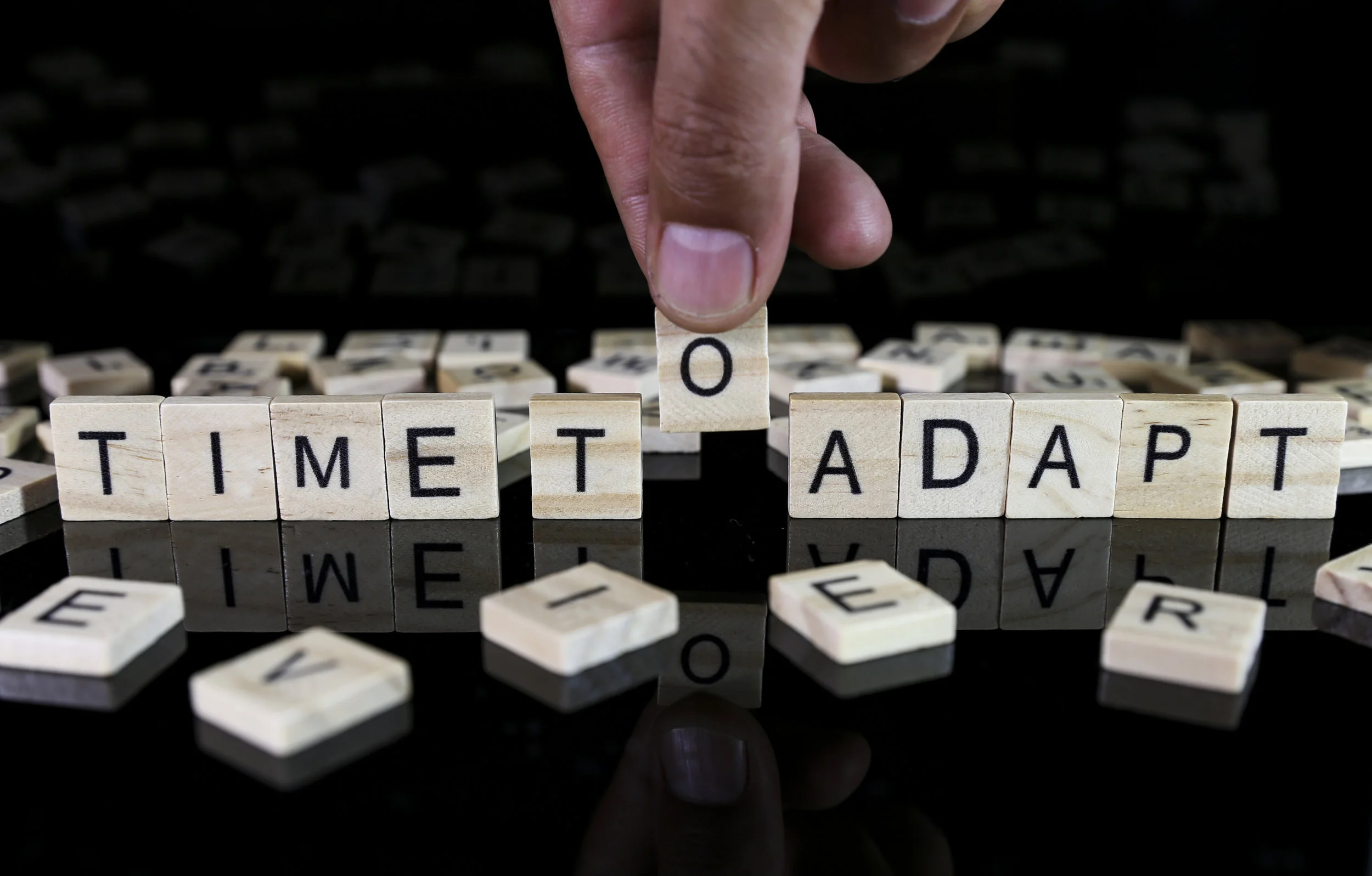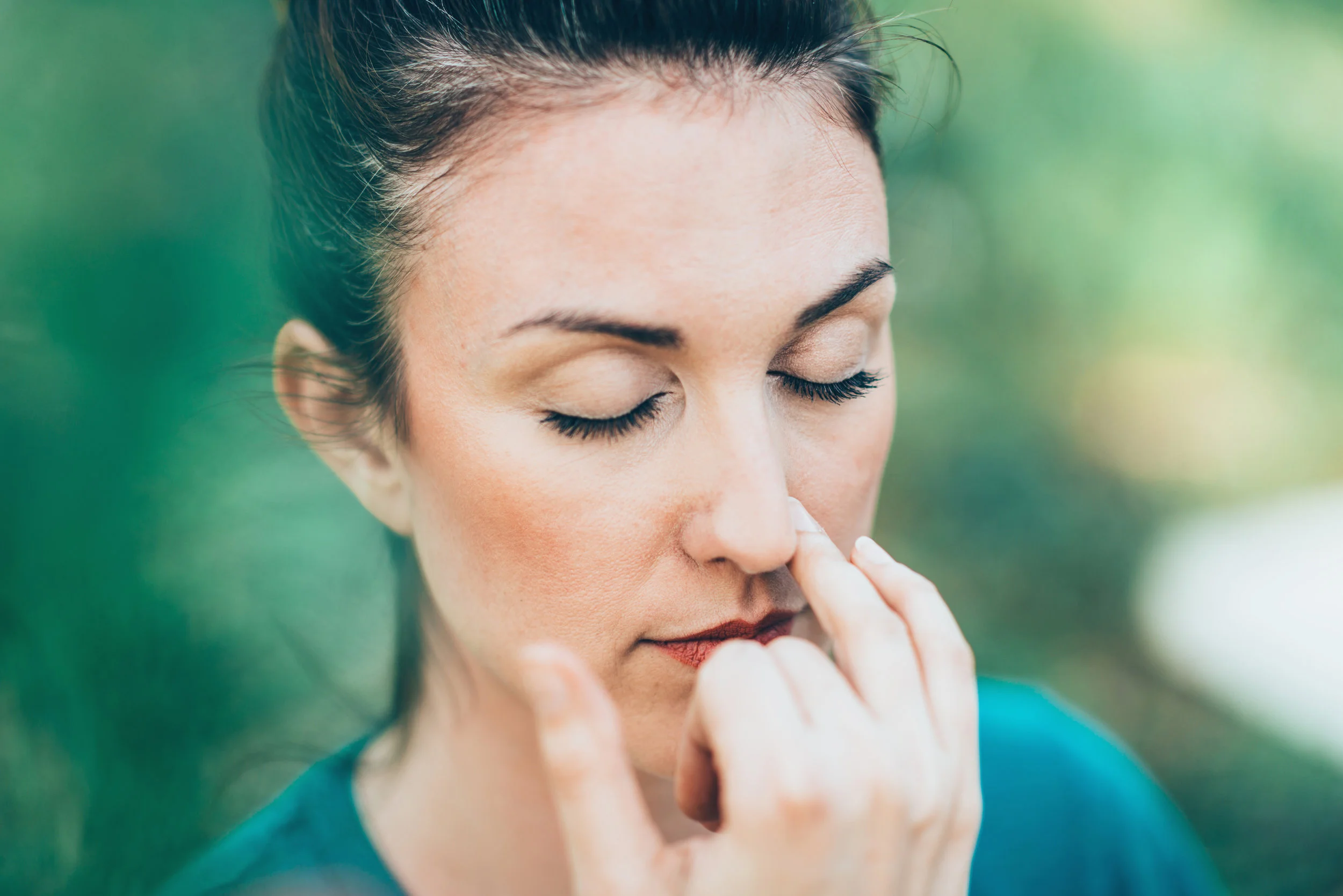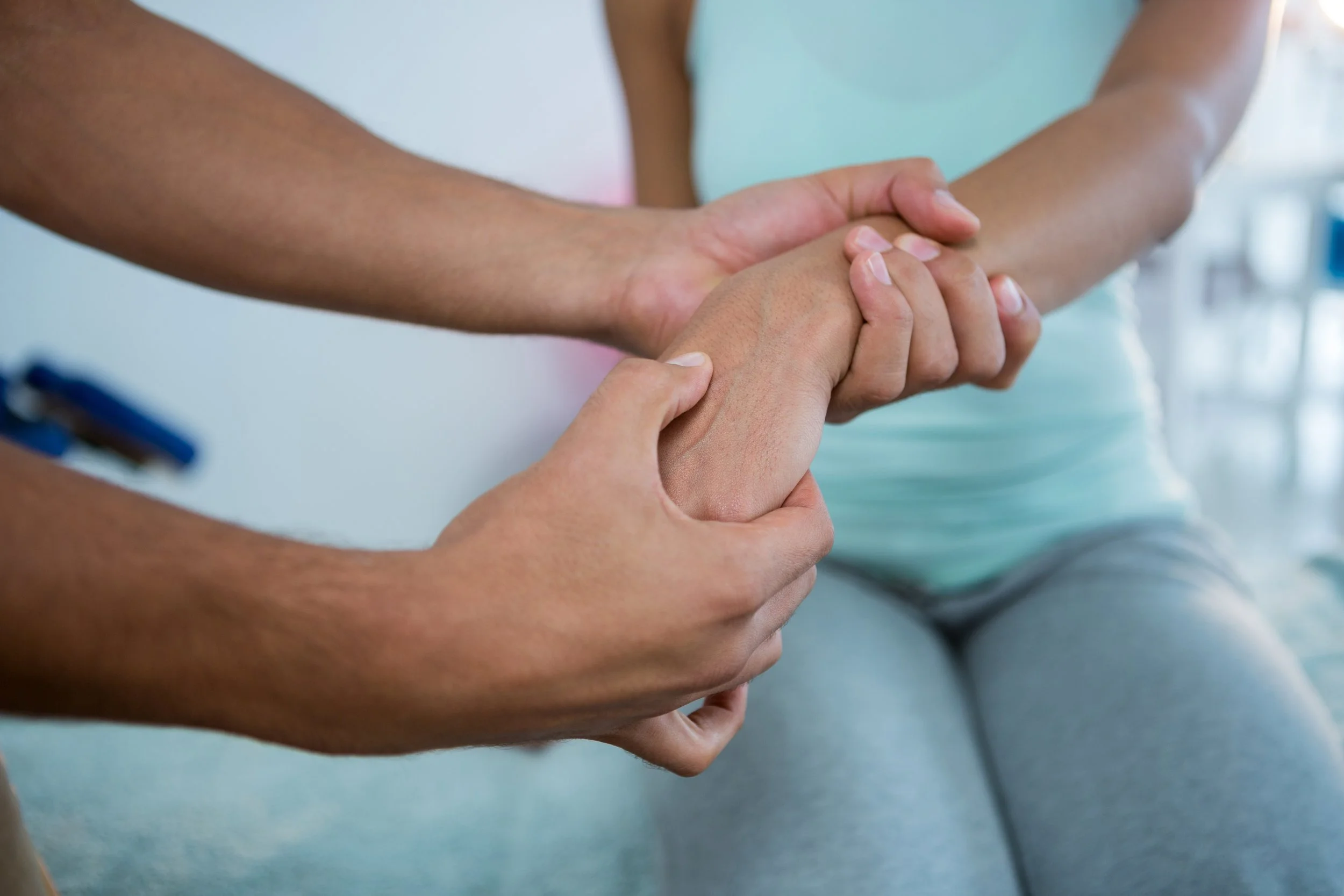Therapeutic Massage
Therapeutic massage seeks to obtain a therapeutic benefit. While therapeutic massage is often relaxing, the end goal of the session or series of sessions is not relaxation.
Therapeutic goals can vary considerably between massage therapists and clients. In some cases, massage is recommended by a health professional and may be performed as part of a larger treatment plan. For example, someone attending physiotherapy for an injury might have regular therapeutic massage to loosen muscles, improve muscle tone, and increase their flexibility. Likewise, therapeutic massage can be used to supplement wound care, cancer care, and a variety of other treatments.
People can use therapeutic massage as a standalone treatment. Some people, such as athletes, labourers or stressed out even office workers, receive regular therapeutic massage to keep themselves in good physical condition.
People of all ages can benefit from therapeutic massage when it is performed by a competent and fully qualified remedial massage therapist. Massage is also suitable for people with disabilities, expecting mothers, and people in treatment for medical conditions, although some special precautions may need to be taken to protect the health of the client.
Basic therapeutic massage techniques are derived from a variety of massage styles. Your massage therapist will tailor your massage techniques depending on your needs. If you are unsure whether or not massage is appropriate for you, please call us at PhysioWorks for individualised advice.
How Does a Therapeutic Massage Help You?
Therapeutic Massage is a combination of Relaxation Massage and Remedial Massage to not only relax your whole body but at the same time, work through some of the muscle issues or “tight spots” you may be experiencing.
Massage therapy may also improve your circulation, which enhances the delivery of oxygen and nutrients to muscle cells and helps remove waste products or reduce swelling. These circulatory effects of massage may have value in the treatment of some inflammatory conditions, such as arthritis.
Massage therapy induces a relaxation response, which lowers your heart rate, breathing rate, and blood pressure; plus boosts your immune system; and generally decreases the physical effects of stress.
These effects suggest that massage may be helpful for a wide range of conditions.
What Conditions Benefit from a Therapeutic Massage?
Massage therapy helps your body in numerous ways. Massage can relax muscle tissue, which may lead to decreased joint and nerve compression, increased joint and muscle range of motion. This commonly results in less pain and improved function.
Therapeutic massage benefits the following conditions:
- Stress
- Anxiety
- General Wellbeing
- High Blood Pressure
- Arthritis
- Low Immunity
- Minor injuries
When are the Best Times for a Therapeutic Massage?
The best time for a therapeutic massage is when you feel yourself getting worked up or when you are just not feeling your best.
Others find a regular therapeutic massage every month or two to be a great dose of prevention therapy. We even have some highly stressed patients who have weekly massages just to cope with daily life.
What Duration is the Best Therapeutic Massage?
If you have never had a therapeutic massage before or it has been quite some time since your last massage then your initial treatment should ideally be for 60 to 90 minutes so that the therapist can work through those tired muscles at an even pace to minimise any possible soreness the following day.
If you are a more regular massage recipient, your massage therapist will guide you as to the direction that works best for you and your muscles.
What Massage Frequency Works Best?
Everyone needs differ depending on your lifestyle. As a guide, regular therapeutic massages work best when on a 4 to 6-week basis. This is because your muscles need to keep relaxed and moving through their full available range. Otherwise, they become “creatures of habit”. If tense is how they are most often, that’s what they will consider normal. And… we all know what that leads to… tight muscles, stress, and pain!
For optimal results and less potential for muscle soreness the day post-massage, having a regular massage will keep your body from not only reacting to the positive change we are trying to provide, but it can also retrain your body to help itself and provide you with a better healthier you.
For advice specific to your therapeutic needs, please ask your massage therapist how regularly they feel that you should have a massage to function optimally.
This article originally appeared on physioworks.com.au and was written by Jodie Woulfe











![Self-regulation “control [of oneself] by oneself"](https://images.squarespace-cdn.com/content/v1/55563e14e4b01769086817cb/1542845645966-PO2HGKF5JLUBM45UIWQ3/wee-lee-790761-unsplash.jpg)



















